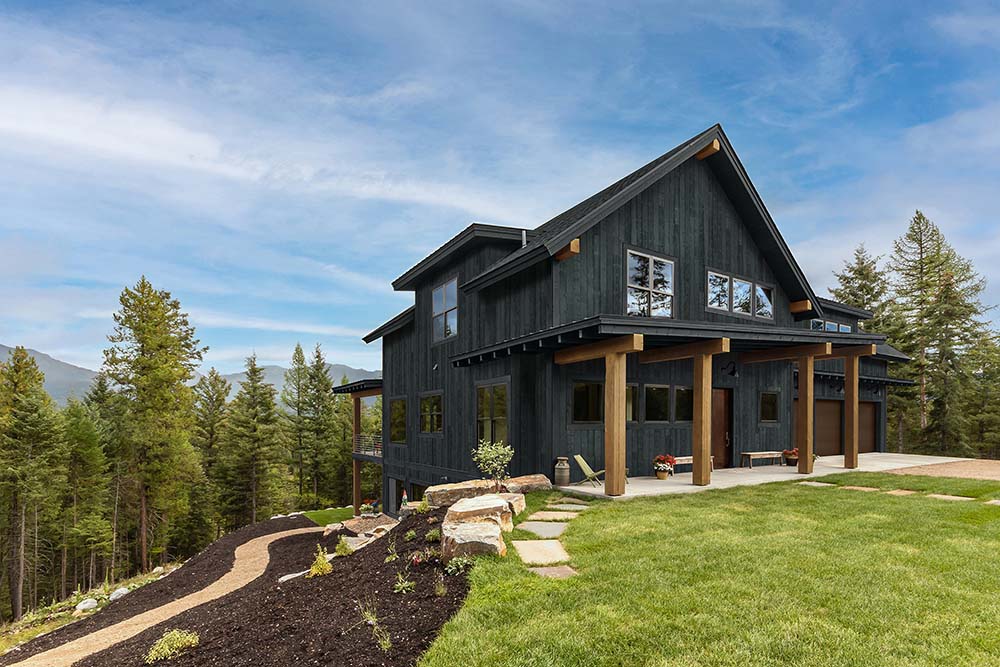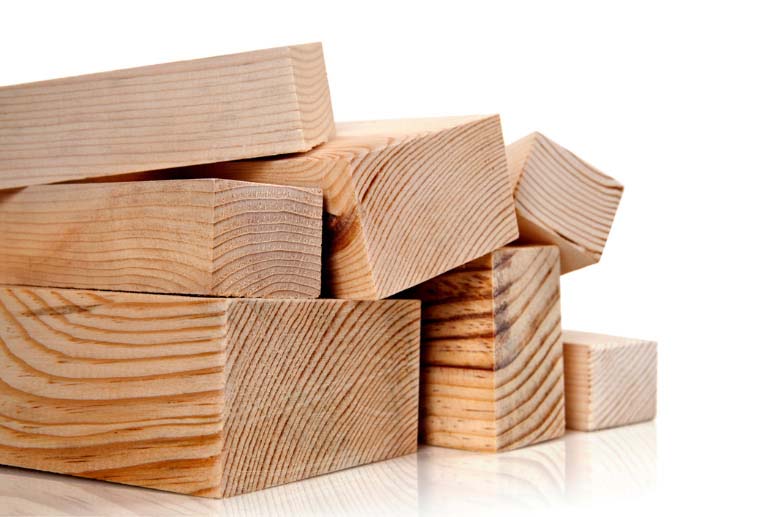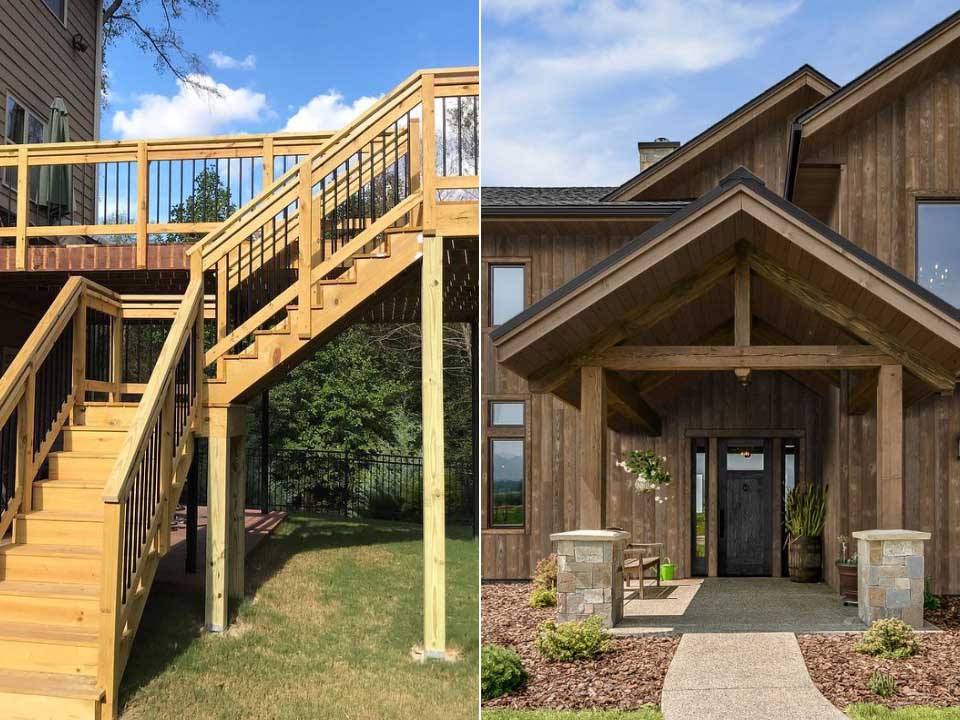
Top 10 Architectural Design Trends in 2024
Posted 11/9/2023 by Tyler Thayer
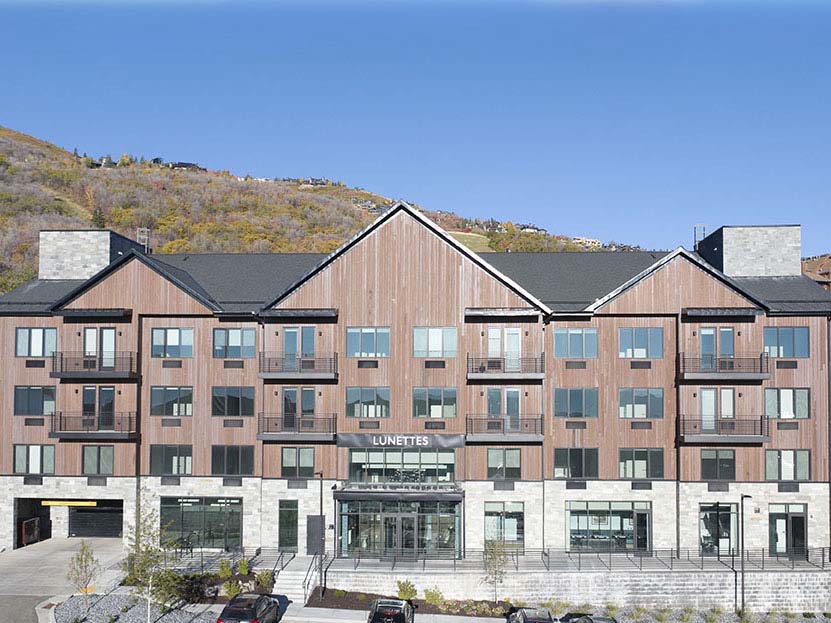
Pioche Village, within the Mayflower Mountain Resort in Park City, UT, showcases a custom-colored Thermally Modified VG Hemlock wood siding.
In the world of architectural design, staying ahead of the curve is essential in creating buildings that not only stand out but also meet the evolving needs of our clients and society. With the dawn of 2024, exciting design trends are shaping both commercial and residential spaces.
1. Sustainable Architecture Takes Center Stage
Thermally Modified Wood Collection is made from an all-natural treating process of heat and pressure that stabilizes the wood and makes it resistant to rot.
Sustainability remains at the forefront of architectural design. In 2024, we'll see an even stronger commitment to sustainable materials, energy-efficient designs, and eco-friendly construction practices. Buildings will incorporate more green roofs, solar panels, rainwater harvesting systems, and passive heating and cooling strategies. Expect an emphasis on repurposing and recycling materials, reducing waste, and creating structures that harmonize with their natural surroundings.
2. Biophilic Design Enhances Well-being
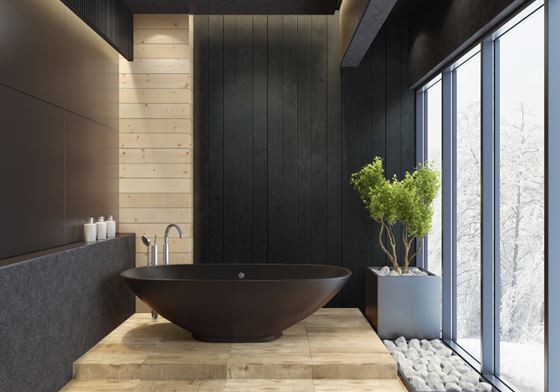
Bring a touch of biophilic design to your home with natural materials like Native Woods shiplap, displaying nature’s character through the wood’s native knots and grain.
Biophilic design continues to gain traction, promoting connections with nature within built environments. Expect to see more garden accents, indoor/outdoor spaces, and the use of natural materials like wood and stone. These elements enhance air quality, reduce stress, and boost overall well-being.
3. Flexible and Multifunctional Spaces
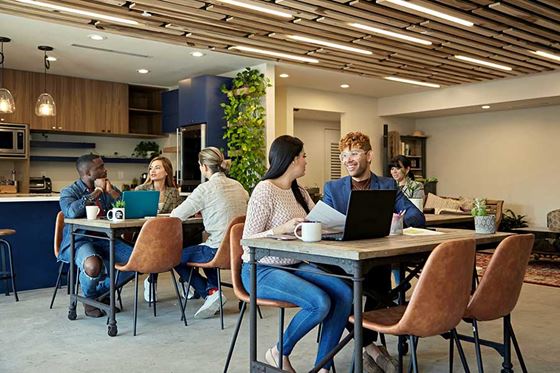
Companies are investing in more multifunctional areas that encourage collaboration and adapt to varying work arrangements.
The way we work and live is evolving, and so is the design of our spaces. Commercial buildings are adapting to flexible working arrangements, incorporating co-working areas, and providing versatile spaces that can be easily reconfigured. In residential design, multi-purpose rooms and adaptable layouts are becoming more common to accommodate the changing needs of families.
4. Smart Technology Integration
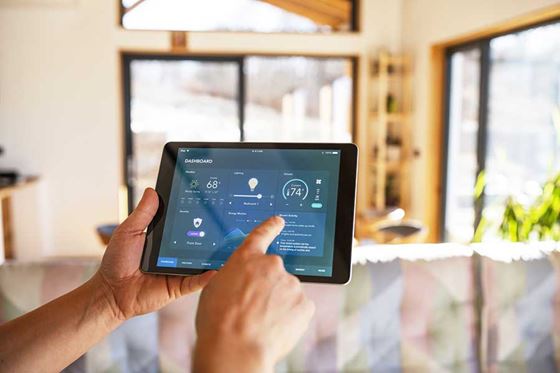
Technology is no longer an add-on; it is becoming essential to where we live, work, and exist.
The integration of smart technology is no longer a novelty but a necessity. In 2024, we'll witness the seamless incorporation of IoT (Internet of Things) devices and systems that enhance convenience, security, and energy efficiency. From voice-activated controls to smart lighting and climate management, technology will play a vital role in shaping our buildings.
5. Health-Centric Design
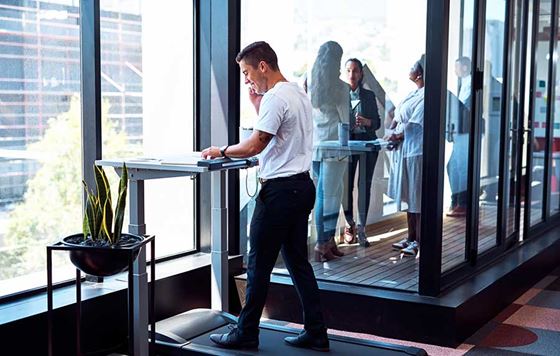
Ever thought you’d take a call on a treadmill at work? Companies are seeing the benefits of designing spaces that promote overall health and wellness.
The global pandemic emphasized the importance of health and wellness in design. Architects and designers are responding by creating spaces that prioritize health. Antimicrobial surfaces, touchless fixtures, and improved ventilation systems are becoming standard features. Designing for mental health is also gaining attention, with spaces that promote relaxation and stress reduction.
6. Embracing Natural Light
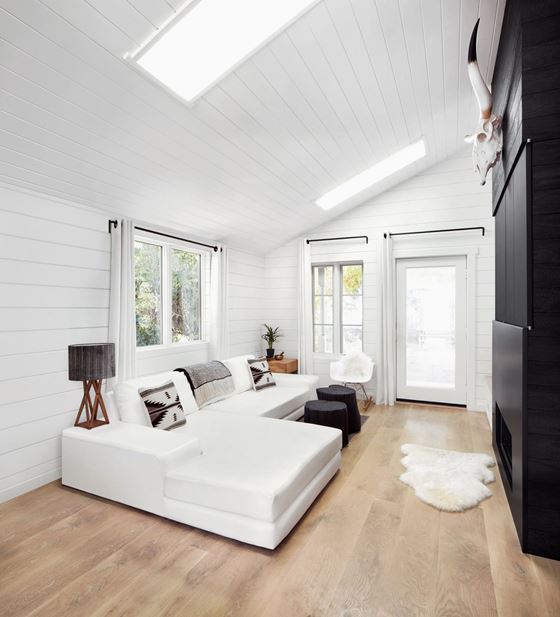
The placement of the skylights and accent material like Timeless Nickel Gap shiplap contribute to a light and airy feel in this living room.
Natural light is a timeless design element, and in 2024, it takes on renewed importance. Large windows, skylights, and innovative glass technologies are being used to maximize natural light, reduce energy consumption, and create vibrant, uplifting interiors.
7. Futuristic Materials and Aesthetics
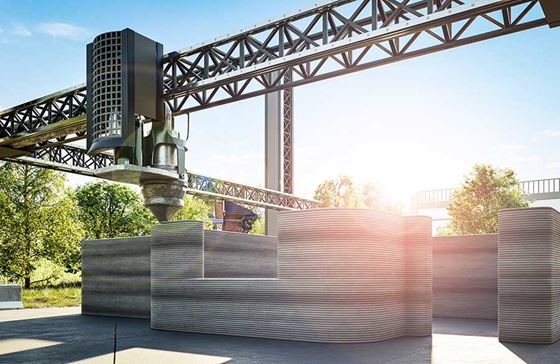
A small single-family home can be printed by a CNC machine in as little as 24 hours.
Expect to see the integration of advanced materials such as carbon fiber, graphene, and 3D-printed components in building design. These materials not only offer structural advantages but also open the door to futuristic aesthetics and innovative forms.
8. Cultural Diversity and Inclusivity
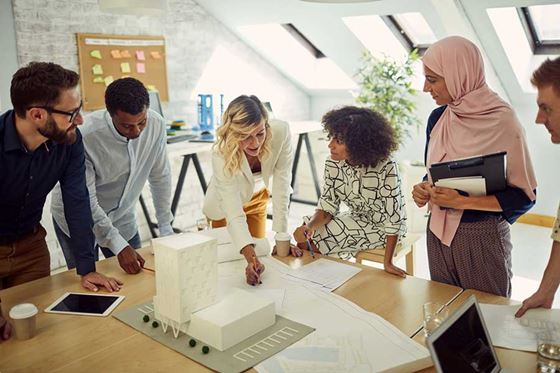
Designs will aim to cultivate an environment of collaboration, foster a sense of belonging, and promote inclusiveness.
Architects and designers are increasingly recognizing the importance of cultural diversity and inclusivity in their projects. Spaces will be designed to celebrate diverse cultural backgrounds, ensuring that everyone feels welcome and represented.
9. Retro and Vintage Revival
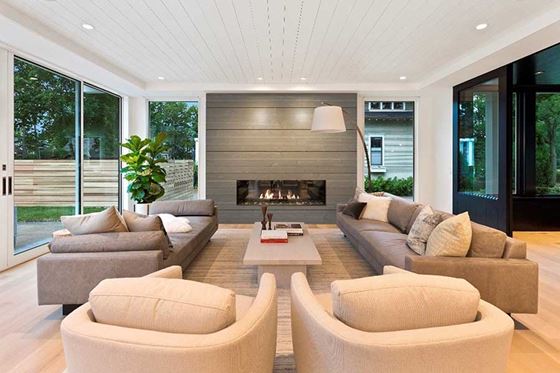
From rounded furniture to the clean lines of shiplap, mid-century modern is resurging with a contemporary twist.
Nostalgia is making a comeback in design. We are currently observing a contemporary reinterpretation of retro and vintage styles, ranging from mid-century modern furniture to interiors influenced by Art Deco aesthetics. This blending of eras adds a touch of familiarity and comfort to modern spaces.
10. Off-Site Construction and Prefabrication
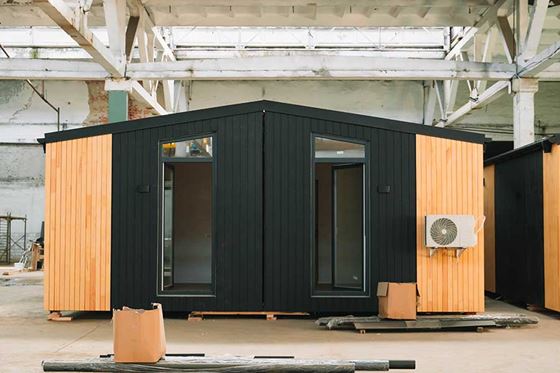
Modern modular homes are being built in manufacturing facilities, shrinking construction timelines.
Efficiency and sustainability drive the growth of off-site construction and prefabrication techniques. These methods reduce construction waste, speed up project timelines, and offer a higher degree of precision in building assembly.
Our role is not just to follow these trends but to innovate and shape the future of architecture. By staying informed and embracing these design trends, we can create spaces that are not only aesthetically pleasing but also functional, sustainable, and conducive to well-being. Here's to a year of inspired and forward-thinking design in 2024.
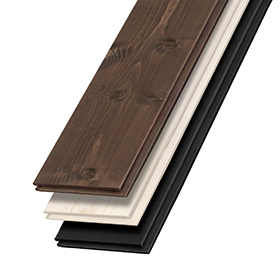
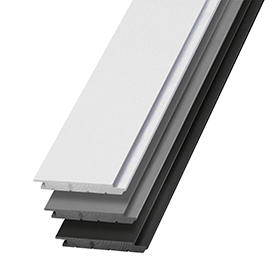
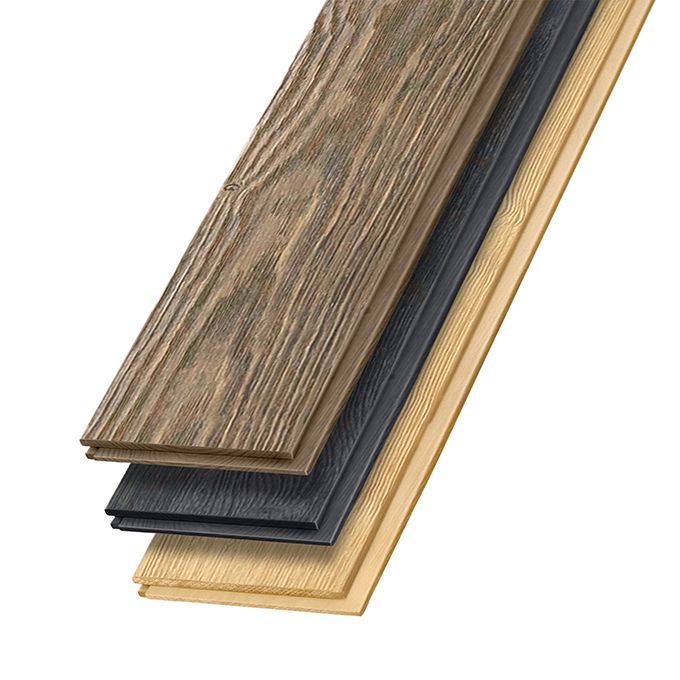
.jpg?h=667&iar=0&w=1000&sc_lang=en&hash=42345102B5C435208B3440AEC0B9C447)
